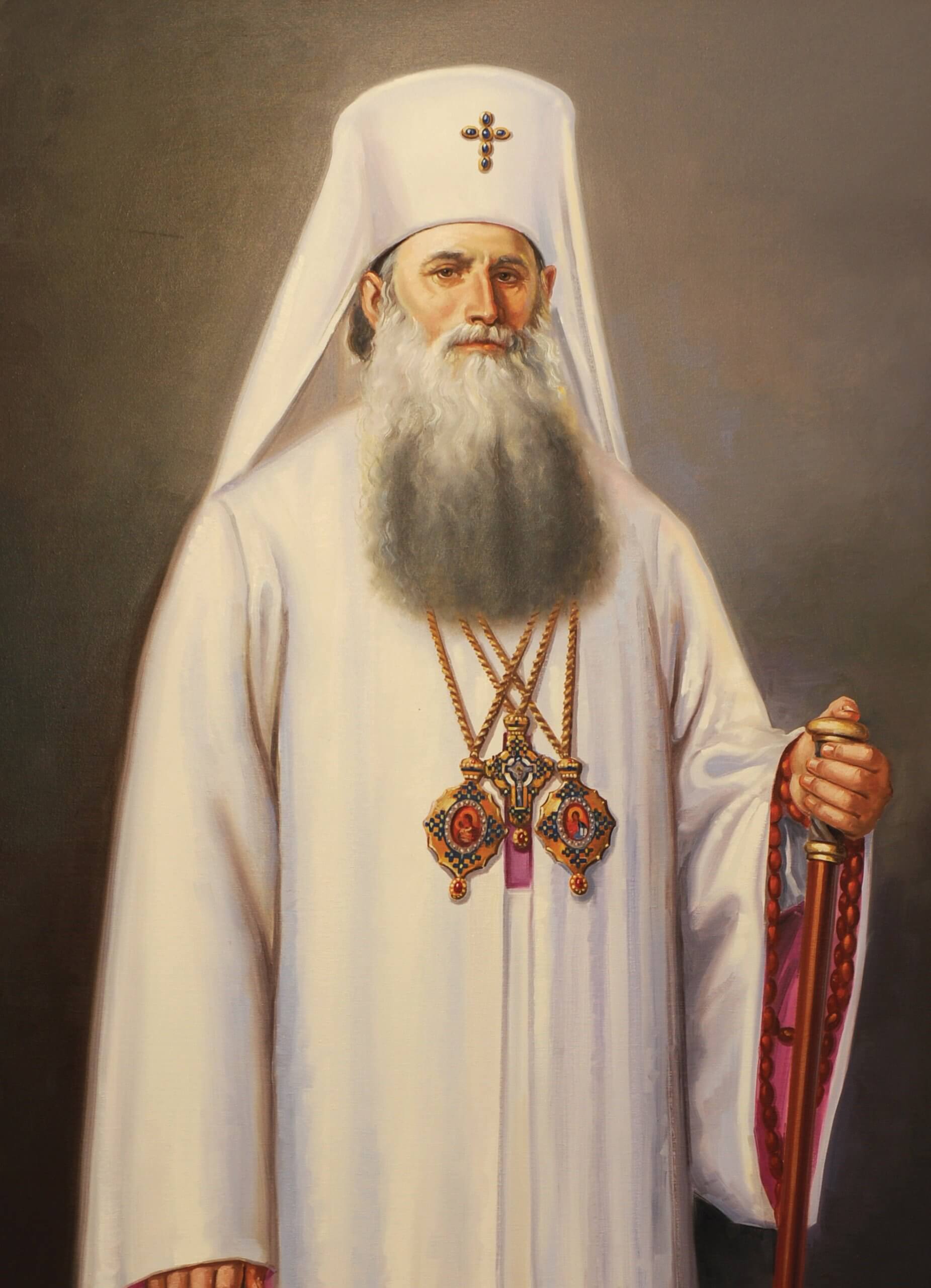The Patriarchs of Romania
Patriarch Justinian Marina
His pastoral, cultural, missionary, spiritual, and social work for the good of the Romanian Orthodox Church represents for us today—hierarchs, clergy, and faithful—a shining and inspiring model of faithfulness and service to our Saviour Jesus Christ and to His Church.

Life and work
He was born on February 22, 1901, in the commune of Suești, Vâlcea County, into a family of hardworking farmers and devout Christians. At baptism, he received the name Ioan. After completing primary school, he studied at the “Sfântul Nicolae” Theological Seminary in Râmnicu Vâlcea (1915–1923), and then at the Faculty of Orthodox Theology in Bucharest (1925–1929). Beginning in 1923, he worked as a teacher in the villages of Olteanca and Băbeni (Vâlcea County) until 1930. Between 1924 and 1932, he served as a priest in Băbeni, and from 1932 to 1933, he was director of the Theological Seminary and priest at the Episcopal Cathedral in Râmnicu Vâlcea. From 1933 to 1945, he was parish priest at the “Sfântul Gheorghe” Church in Râmnicu Vâlcea.
A widower, on July 30, 1945, he was elected Auxiliary Bishop of the Archdiocese of Iași, with the title “Vasluianul,” and between August and September 1947, he served as locum tenens of the metropolitan see of Iași. On November 19, 1947, he was elected Archbishop of Iași and Metropolitan of Moldavia and Suceava. On May 24, 1948, he was elected Archbishop of Bucharest, Metropolitan of Ungro-Wallachia, and Patriarch of the Romanian Orthodox Church, a position he held until his death in 1977.
He initiated the canonization of several Romanian saints (February 28, 1950) and the generalization of the veneration of saints whose relics are in Romania. He initiated the drafting of a new Statute for the Organization and Functioning of the Romanian Orthodox Church (1948) and several Church Regulations compiled in the volume Legiuiri bisericești (Church Legislation). He reorganized theological education (creating 2 theological institutes and 6 seminaries), built the “Sfânta Maria” Center at Techirghiol Monastery, and established social assistance centers at Dealu Monastery and Viforâta Monastery.
He also promoted ecumenical relations with the Eastern and Western Churches and with international Christian organizations, and organized parishes for the Romanian diaspora. During his leadership, 302 new churches were built from the ground up in Romania, and approximately 2,300 churches were restored. He passed away on March 26, 1977, and was buried in the church of the “Radu Vodă” Monastery in Bucharest.
Works
His work includes pastoral letters, speeches and articles, which were compiled in the 12-volume series Apostolat Social (1948-1976). The collection of texts bearing his signature remains a living testimony of his activity, in which pastoral-missionary, liturgical, homiletic, catechetical, ecumenical issues are dealt with, and are made available to priests and the faithful.
Euolgy
His Beatitude Daniel,
Patriarch of the Romanian Orthodox Church